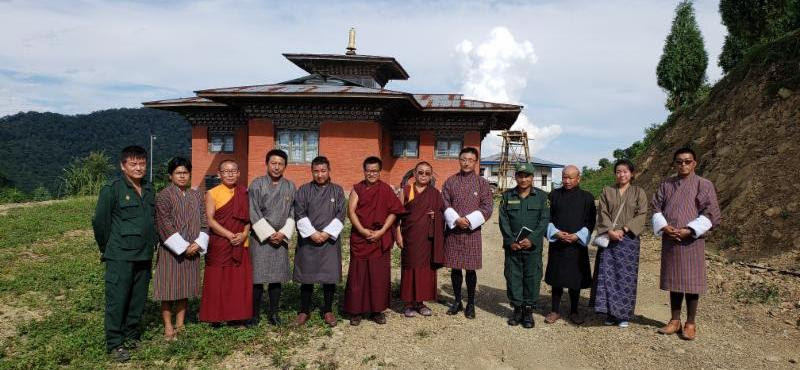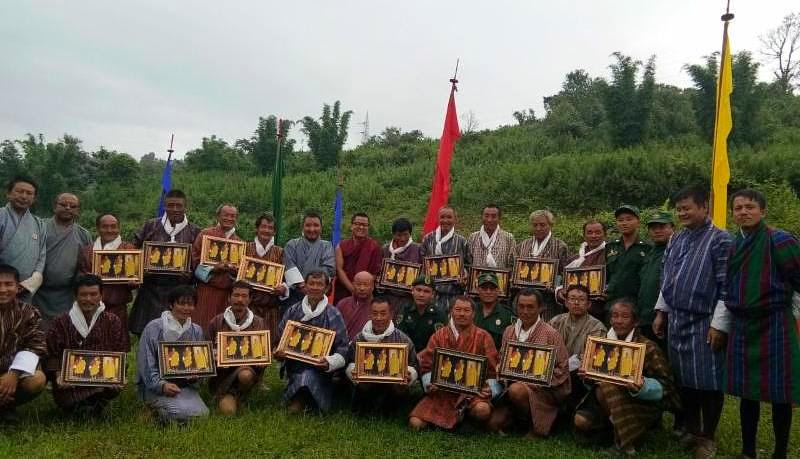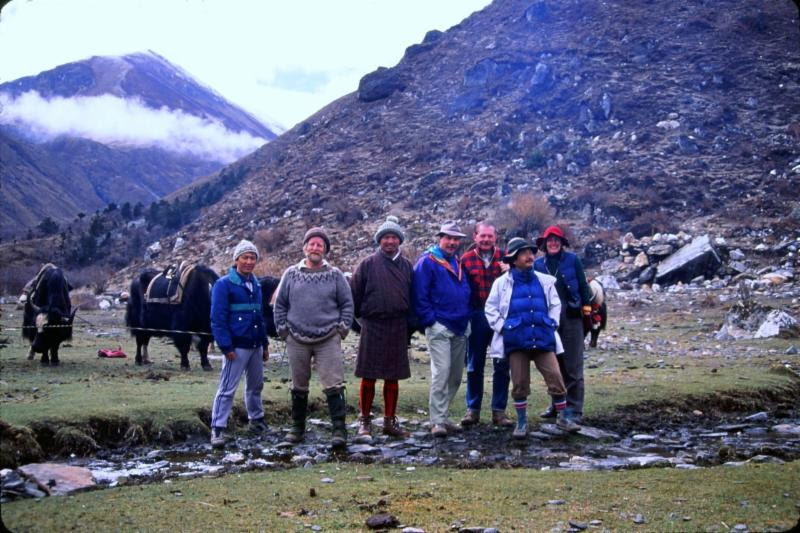September 12, 2019
A big source of inspiration for me is our work on the ground. That is why I value field visits to our projects. Having just returned from Bhutan, I would like to share an account with you.July 29 is celebrated across the world as International Tiger Day or Global Tiger Day. On that day, the Bhutan Foundation supported a special event in the community of Norbugang near the Bhutan-India border, and here is why we did it.
ALL IS NOT WELL IN TIGER LAND
Ever since Bhutan counted 103 adult tigers during its first nationwide tiger survey in 2014-2015, the Global Tiger Centre (GTC) in Bhutan has been gathering information on the status of tigers in the country. In an alarming discovery, confirmed by confiscated pelt, bones, and tiger parts, it was found that a total of 17 adult tigers had been lost from Bhutan and bordering areas of India in the last five years (2012-2017) – mostly to poaching. Imagine how many additional killings may have gone unnoticed! This is a significant setback on Bhutan’s otherwise exemplary leadership in conservation.
Earlier this year, Bhutanese biologists from GTC and Royal Manas National Park (RMNP) successfully radio-collared Bhutan’s first tiger (named Tendrel Zangmo [TZ] or “good omen”). Following TZ’s daily movements and further investigations of poaching strategies led to the discovery that poaching was rife in some villages on Bhutan’s porous border with India.
POACHING HOTSPOTS
For a country lauded for its environmental stewardship, this is a tremendous blemish on its record. In fact, government authorities are still reluctant to acknowledge the extent of poaching within Bhutan’s borders, insisting that the poachers may not be Bhutanese. Sadly, data show otherwise. The GTC has identified poaching hotspots.
Norbugang Gewog (with the five communities of Gasha Ri, Ningshing Borang, Tsheyshing Zor, Norbugang, and Borangmo) is one such poaching hotspot on the eastern edge of RMNP. Indian gun-runners would smuggle crude weapons inside Bhutan’s forests, and Bhutanese poachers would recover the arms and use them for poaching. A successful kill would then be reported to the Indian financiers who would ultimately sell off the contraband skin and bones to other Asian markets. Bhutanese poachers bore the largest risks for the least financial gains.
BUDDHIST MONKS TO THE RESCUE
Fortunately, a wonderful phenomenon is occurring in Norbugang these days to reverse this trend. Upon learning of the high incidence of tiger poaching, park rangers, teachers, and health workers appealed to the monks at the Dhongag Tenpailing monastery that something must be done to save the tigers. And they developed an ingenious plan. The monks reached out to the community with messages of compassion and respect for all life forms. The health workers and teachers explained to the villagers that the tigers kept the prey population in control. This led to villagers not being required to stay up all night to ward off pigs and deer from their fields, which in turn translated to better rest and health for them. The teachers explained how the performance of the students at school suffered when parents were apprehended and imprisoned for poaching. The GTC and RMNP elaborated that apex predators such as tigers played an important role in our ecosystem, and that removing them would result in grave consequences for the village, such as a profusion of prey species that would then destroy their crops. Most importantly, the monks further explained that killing other sentient beings would invoke disharmony for the community—and for their children’s generation and beyond. Then, they built small prayer and meditation rooms to house the converted poachers and asked them to come forward and give up poaching. One by one, the poachers slowly confessed to the monks and their community, renouncing their old ways, and expressing their desire to now live a life of prayer and meditation. This multifaceted approach is proving to be a significant supplement to the existing, conventional, antipoaching program. Other partners for this initiative include International Union for Conservation of Nature and WWF.

INTERNATIONAL TIGER DAY 2018
To encourage further awareness, the GTC and RMNP, in collaboration with the monks, organized a public ceremony during International Tiger Day to which the whole community was invited. After extolling the virtues of giving up poaching and killing other animals, the monks cleansed the newly confessed poachers with spiritual water and presented them with photos of the kings and the chief abbot of Bhutan and with a large stuffed tiger to present to their children at home. In a powerful ceremony, some 20 poachers came in front of the gathering to confess and give up poaching. They were relieved that the larger community was so accepting and forgiving, even though they had tarnished the reputation of the village.

What’s next?
We have only just embarked on the beginning of a long journey to stop tiger poaching in Bhutan. While 20 poachers giving up killing is significant by any measure, we feel it is important to get to the root cause of such a high level of poaching. To what alternative means of income would ex-poachers resort, having given up poaching abruptly? These are questions we seek to answer. The GTC will be commissioning a survey to find out more and then to explore alternative livelihood means for these community members.
The monks are playing a very important role in this community. How can we help them succeed further in this endeavor? We want them to continue guiding this community away from poaching. We can already think of a few ways: provide camera traps and training for the monks and give them a closer look at the wildlife in their vicinity; support them in their regular community teachings to include messages of conservation; and support infrastructure needs around the monastery to accommodate these activities. As for the community, we will explore tourism, vocational training, and other livelihood options for them. We need to help them with electric fences so that their crops can be protected from destruction by wildlife.
I know we are in this for the long haul, and we look forward to the day when we can replicate what happened in Norbugang in other poaching hotspots to put an end to tiger poaching in Bhutan altogether. Join us on this journey, and help support the Global Tiger Center’s efforts by clicking here.
Sincerely,
Tshewang Wangchuk
Executive Director
IN MEMORIAM – CELESTINE FAVROT ARNDT (1940-2018)
We are deeply saddened by the death of our long-time friend and supporter, Ms. Celestine Favrot Arndt, who had passed away on July 21st at her home in Encino, California, surrounded by her family. Cely was a strong advocate of the environment and social justice. Over the years, she had helped us build a school in Jomolhari, and was also a founding supporter of our rural enterprise project, the River Guides of Panbang, through her family foundation, the Favrot Fund. Cely had remained an ardent supporter of many other projects through us, and the Favrot Fund currently supports the tiger genetics study carried out by Bhutanese biologist Tashi Dendhup from the Ugyen Wangchuck Institute of Conservation and Environmental Research. Upon hearing the news of her passing, we lit customary butter lamps and requested the monks to offer prayers at an ancient monastery in Bhutan for Cely’s onward journey. Her memories shall remain with us through the work she supported for a better society and a better planet.
